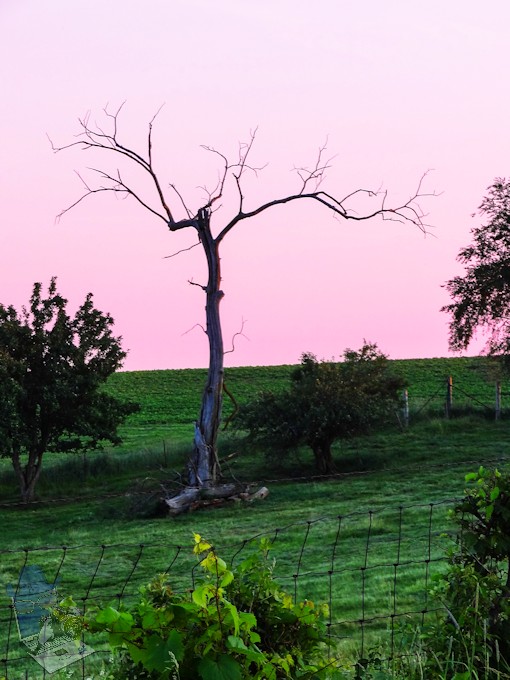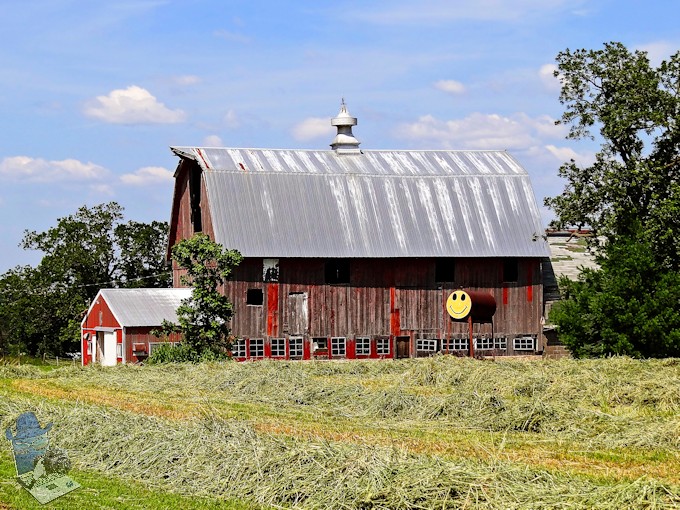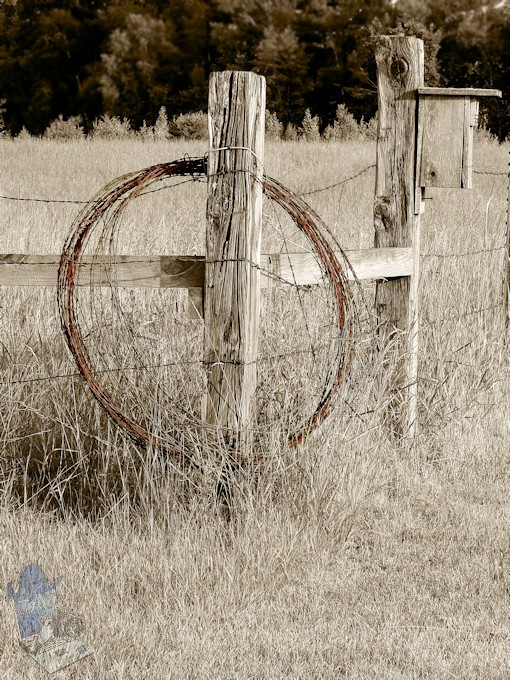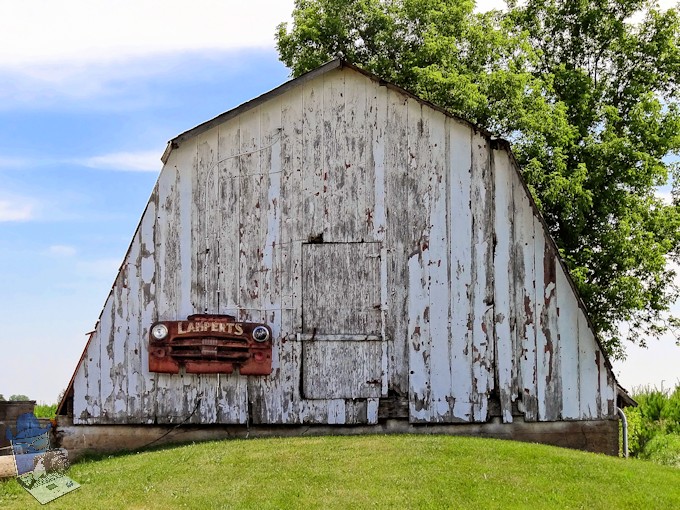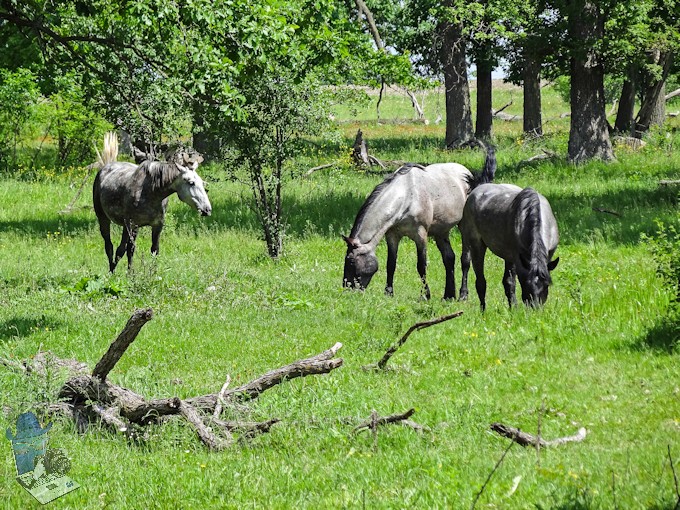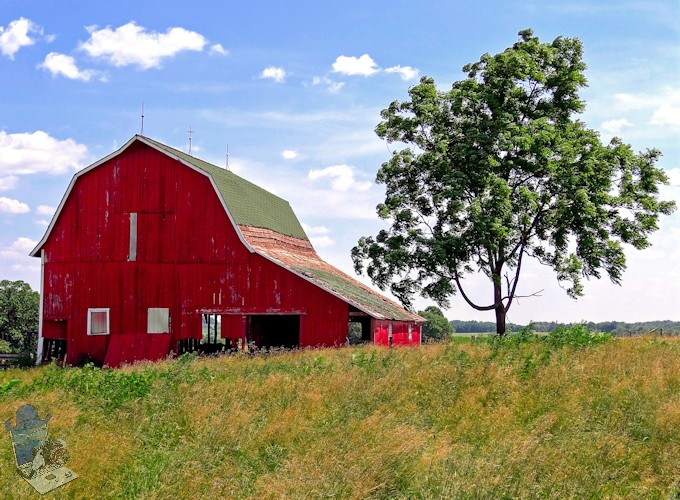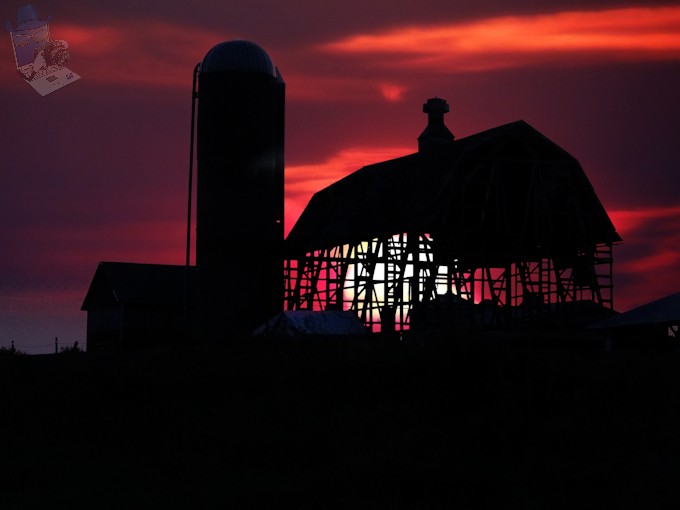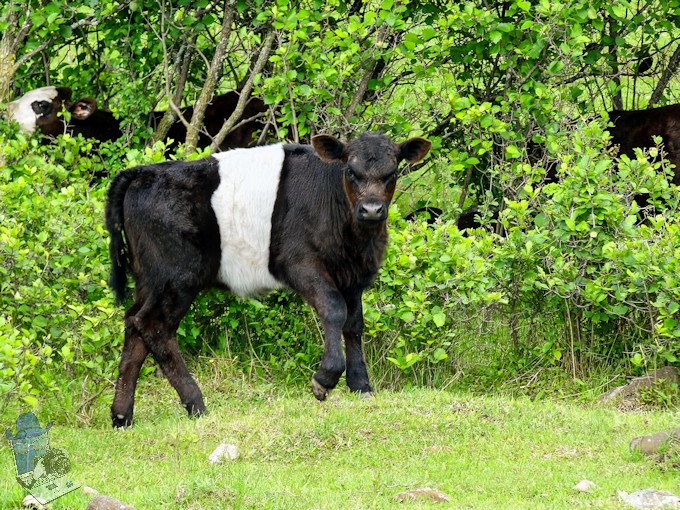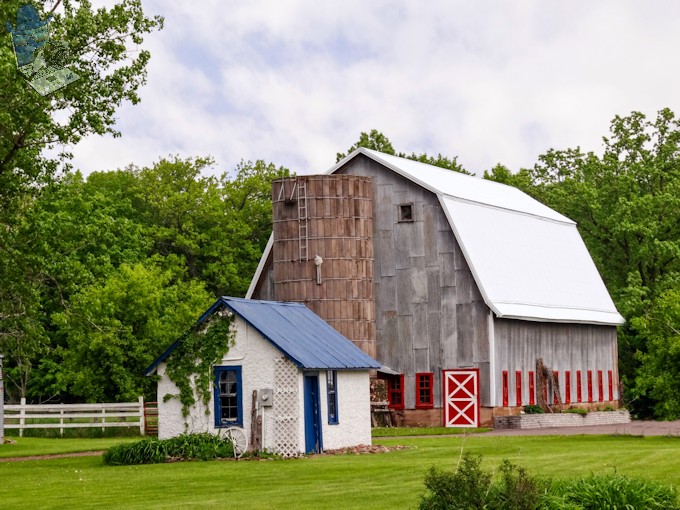“O beautiful for halcyon skies, For amber waves of grain,” was a start of a poem written by Katharine Lee Bates, an English professor, who took a trip in 1893 to teach summer school in Colorado Springs.
Several of the sights on her trip inspired her, and they found their way into her poem, including the World’s Columbian Exposition in Chicago, the “White City” with its promise of the future contained within its alabaster buildings; the wheat fields of America’s heartland Kansas, through which her train was riding on July 16; and the majestic view of the Great Plains from high atop Zebulon’s Pikes Peak.
On the pinnacle of that mountain, the words of the poem started to come to her, and she wrote them down upon returning to her hotel room at the original Antlers Hotel. The poem, Pikes Peak, was initially published two years later in The Congregationalist, to commemorate the Fourth of July in which the poem was titled America.
Amended versions were published in 1904 and 1913, in which the “O beautiful for halcyon skies” was changed to “O beautiful for spacious skies” and the music we have associated with the poem was composed by a church organist and choirmaster, Samuel A. Ward.
Just as Bates had been inspired to write her poem, Ward too was inspired to compose his tune. The tune came to him while he was on a ferryboat trip from Coney Island back to his home in New York City, after a leisurely summer day in 1882, and he immediately wrote it down. He was so anxious to capture the tune in his head, he asked fellow passenger friend Harry Martin for his shirt cuff to write the tune on. He composed the tune for the old hymn “O Mother Dear, Jerusalem”, retitling the work “Materna”. Ward’s music combined with Bates’ poem were first published together in 1910 and titled, America the Beautiful.
Ward never met Bates as he died in 1903, and he never realized the national stature his music would attain. Bates was more fortunate, as the song’s popularity was well established by the time of her death in 1929.
Amber Waves of Grain
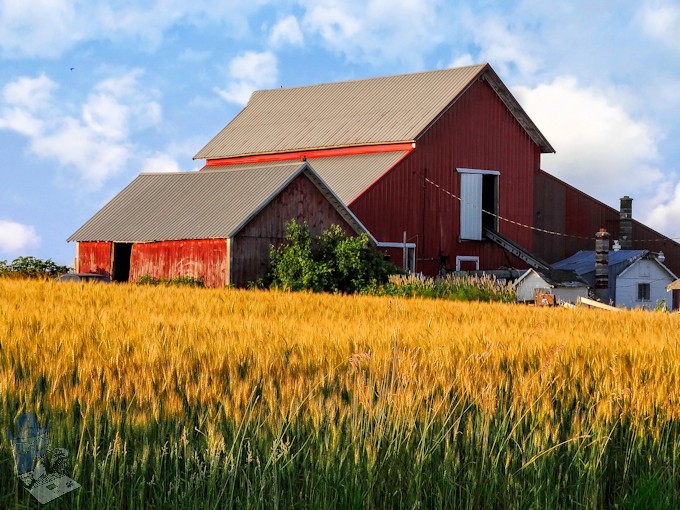 ain, Barn
ain, Barn


